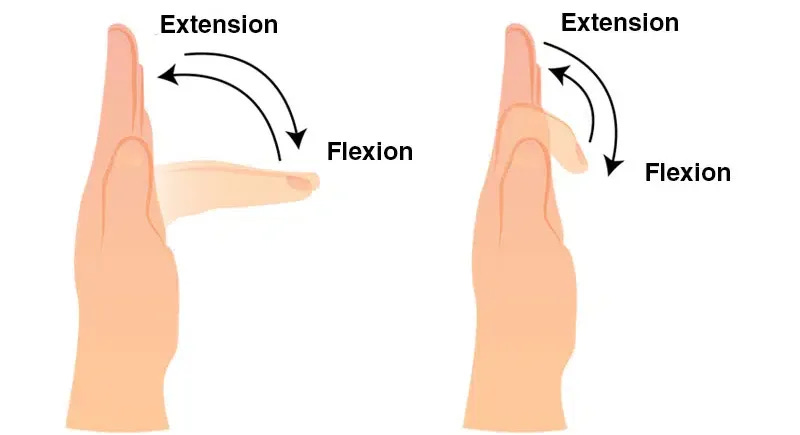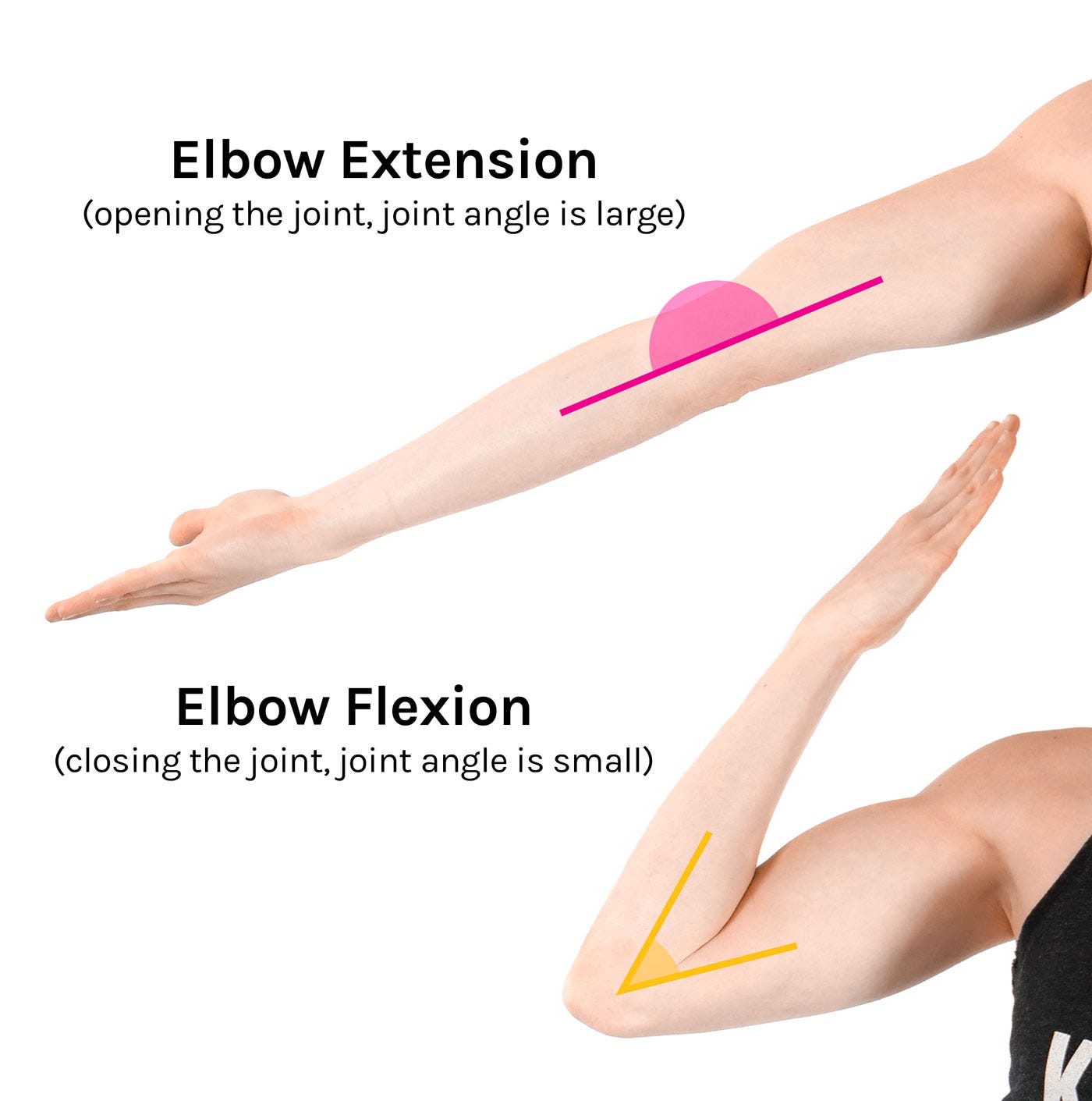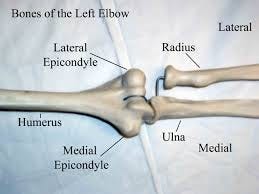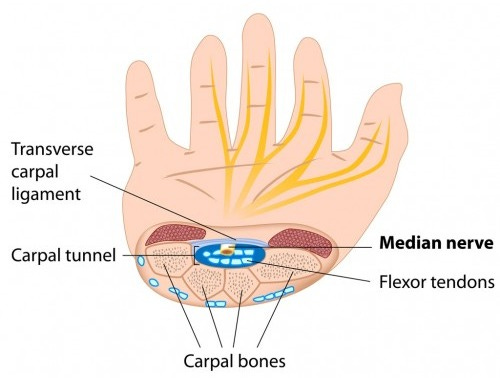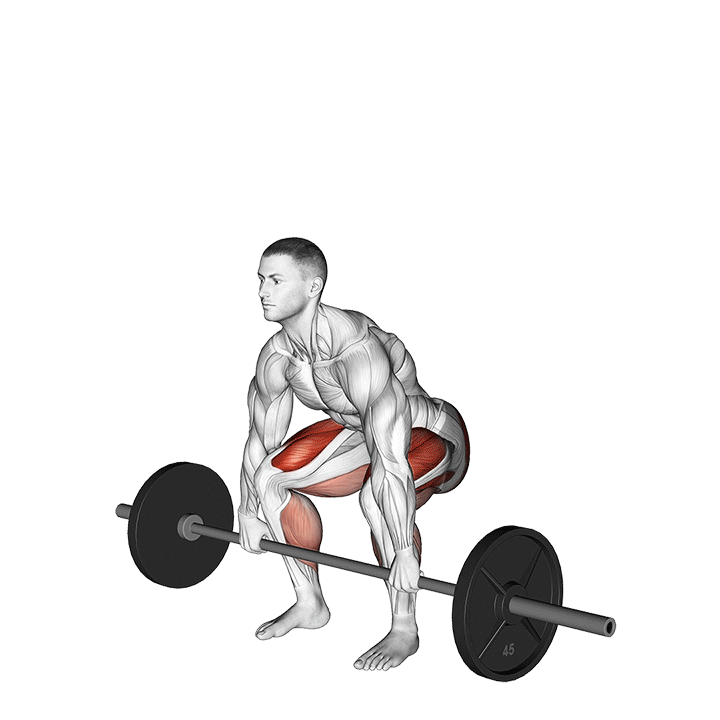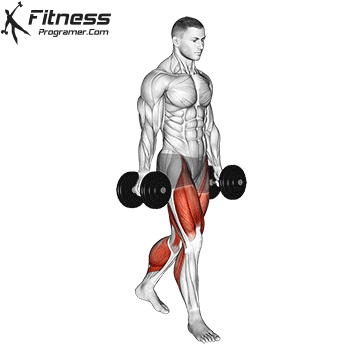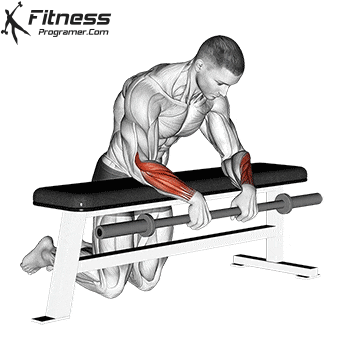Have you ever heard that grip strength is a good marker of longevity?
If you have, you might also know that the muscles in the forearm are responsible for grip strength, so read on to learn more about all things from the wrist to the elbow. I think you’ll also be surprised by how many muscles exist here…
If you haven’t yet had a chance to read last week’s deep dive into the brachium, or upper arm, then tap or click on the link below. You’ll also have a chance to vote on what kind of weekly pieces should be released in the future. At the moment, it looks as though we could have a ‘Workout Wednesday’ coming soon!
Housekeeping
Thanks to everyone who continues to read my work. I know I say it every week, but this is simply just a hobby of mine in my free time. You can subscribe for free by hitting the button below. You can also pay £40 a year to help support to development of books, courses, and other materials that I have planned in the coming 12 months.
Earlier this week, I also released a FREE guide: 20 Habits to Change Your Life. If you want to access this, tap or click here.
A reminder:
You can get 10% off your Awesome supplements by using the code ‘EZEP’ at checkout. More information can be found at the bottom of the page.
Muscles of the forearm
The forearm refers to the section of the limb which runs from the elbow to the wrist. It is sometimes referred to as the ‘antebrachium’, which is a logical name: ‘ante’ deriving from Latin for ‘before’ and ‘brachium’, as we know from last week, referring to the upper arm.
In total, there are actually 20 (yes, I know) muscles which run along the forearm. We will not be taking an in-depth view of all muscles today. Instead, we may touch on them as groups, and highlight some of the more important and larger muscles as we explore their roles.
If you read last week’s delve into the muscles of the brachium, you’ll recall that we split the muscles into two groups or ‘compartments’. An anterior compartment housed the muscles at the front of the body, such as the bicep, whilst the posterior compartment referred to the location of the muscles around the back of the arm, such as the tricep.
The same is also true for the forearm. There is an anterior, or ‘flexor’ compartment which refers to the muscles at the front, and a posterior, or ‘extensor’ compartment for the muscles at the back. Unlike the upper arm, further sub-division of these compartments then takes place, as muscles can be either superficial (closer to the skin), or deep (further from the surface of the skin). Therefore, the muscles can be categorised as follows.
Anterior (flexor) Superficial
Pronator teres
Flexor carpi radialis longus
Palmaris longus***
Flexor carpi ulnaris
Flexor digitorum superficialis
Anterior (flexor) Deep
Pronator quadratus
Flexor digitorum profundus
Flexor pollicis longus
Posterior (extensor) Superficial
Brachioradialis
Extensor carpi radialis brevis
Extensor carpi radialis longus
Extensor carpi ulnaris
Extensor digitorum
Extensor digiti minimi
Anconeus
Posterior (extensor) Deep
Abductor pollicis longus
Extensor pollicis longus
Extensor pollicis brevis
Extensor indicis
Supinator
A quick headcount confirms that there are indeed 20 muscles named above! Don’t worry about knowing all of them, but do take a look at their names, as these can often hint toward their function, location, and size. For example:
The supinator, quite clearly, is responsible for supination, which involves turning the palm toward the sky.
The pronator quadratus is a roughly square-shaped muscle responsible for pronation, or turning the palm toward the floor.
The extensor pollicis longus is a three-part clue. It is the longest of the muscles which extends the pollicis, or thumb.
***Here’s some good trivia! Did you know that some people actually do not have the palmaris longus muscle in either one or both arms? Latest estimates suggest this is the case in 14% of us.
Functions of the forearm muscles
Thankfully, the four categories of forearm muscles help us explain their roles and functions. For example, straight away, we know that the muscles in the anterior compartment are predominantly responsible for flexion, and the muscles in the posterior compartment are mostly responsible for extension. However, this doesn’t tell the whole story.
The different muscles act on different bones. In most cases, the muscles either act on the wrist, thumb, or fingers. I have included images to help explain what the actions involve, as I find this easier to understand than a written explanation.
Wrist flexion
Flexor carpi radialis longus
Palmaris longus
Flexor carpi ulnaris
Wrist extension
Extensor carpi radialis brevis
Extensor carpi radialis longus
Extensor carpi ulnaris
In Latin, ‘Carpus’ means ‘wrist’, so muscles with the word ‘carpi’ included likely act on the wrist.
Finger flexion
Flexor digitorum superficialis
Flexor digitorum profundus. (This is also known as the ‘gripping muscle’.)
Finger extension
Extensor digitorum
Extensor indicis
Extensor digiti minimi
Again, Latin helps us to understand the details here. ‘Digitus’ means ‘digit’ or ‘finger’, so ‘indicis’ refers to the index finger, and ‘digiti minimi’ means ‘smallest digit’, or ‘smallest finger’.
Thumb Extension
Extensor pollicis longus
Abductor pollicis longus (As the name suggests, is also responsible for thumb abduction).
Extensor pollicis brevis
Thumb flexion
Flexor pollicis longus
As previously mentioned, ‘pollicis’ refers to the thumb, making these muscles easy enough to spot.
The remaining 5
We have managed to explain the function of 15 muscles so far, which leaves us with 5 to look at. They are as follows:
Pronation
Pronator teres
Pronator quadratus
Supination
Supinator
Elbow flexion
Brachioradialis
Elbow extension
Anconeus
Unique conditions
Last week, I promised to overview common elbow injuries when we looked at the muscles in the forearm, and here we are. Take a look below for an outline of these injuries.
Before outlining the difference between tennis and golfer’s elbow, it is first important to understand that these tend to be overuse injuries, due to repetitive actions. You’ll notice that the ‘scientific’ names of these injuries refer to ‘epicondylitis’ which translates to ‘inflammation of the epicondyle’.
Epicondyles are the little bumps at the end of long bones, such as the humerus. They are where connective tissues, such as tendons from muscles, connect to the bones.
Tennis Elbow (Lateral epicondylitis)
Whilst the name suggests that this injury is exclusive to tennis players, only approximately 1 in 20 cases of lateral epicondylitis stem from playing tennis! It is, however, the most common overuse injury to the elbow, because any number of working and manual labour repetitive actions may bring on the inflammation.
The injury is typically caused by overuse of the extensor carpi radialis brevis, leading to inflammation and pain of the tendon at the site of the lateral epicondyle.
Golfer’s Elbow (Medial epicondylitis)
As the name suggests, this injury is similar in nature to tennis elbow. The main difference here is that the flexor muscles are overused instead of the extensors. Pain tends to occur on the medial (inside) of the elbow, but may radiate down the forearm too.
Whether lateral or medial epicondylitis, one action we can take to improve the outlook and potentially prevent injury, is to strengthen the forearm muscles safely. The next segment will look at exercises which can help with this.
Carpal tunnel syndrome
Technically a nerve-related condition, carpal tunnel syndrome refers to the entrapment of the median nerve as it makes its way through the carpal tunnel (image below).
It presents as a tingling, numbness, or burning in the hand, fingers or thumb. One may also notice a weakness when trying to grip objects in the affected hand.
Whilst genetic factors are largely responsible, obesity, diabetes, and repetitive desk work may also increase the risk of developing carpal tunnel syndrome. It is at least twice as common in women than in men.
Strengthening the forearm muscles
Since many of the muscles in the forearm are responsible for gripping, a good place to start is any exercise that requires strength and endurance whilst holding a heavy weight. Examples of effective compound exercises include:
Any deadlift variation NOT using straps, particularly with a double-overhand grip on the bar.
Farmer’s carry or farmer’s walk. Simply holding heavy weights and going for a wander around the gym is an effective stimulus not only for building good grip strength but also for total body conditioning.
Dead hangs - just holding onto a pull-up bar with the feet off the floor, are useful for building strength and endurance in the forearm. You can also include pull-ups here.
For more specific exercises which isolate the forearm muscles, we can take a look at the wrist flexion and extension movements which so many of the 20 muscles are responsible for:
Wrist curls, or reverse wrist curls, can be performed with a barbell, plate, dumbbell, or most free weights.
Plate pinches, where the plates are held in one hand, can be performed In isolation, or at the same time as another exercise, such as a squat, as in the animation below. This variation forces the forearm muscles to engage and squeeze the plate so as not to drop.
That concludes this week’s edition of Muscle Monday. Thanks again for reading. I will continue to work on the idea of ‘Workout Wednesday’ in the coming weeks, and whether to launch this as a paid subscriber exclusive. Catch you next week!








